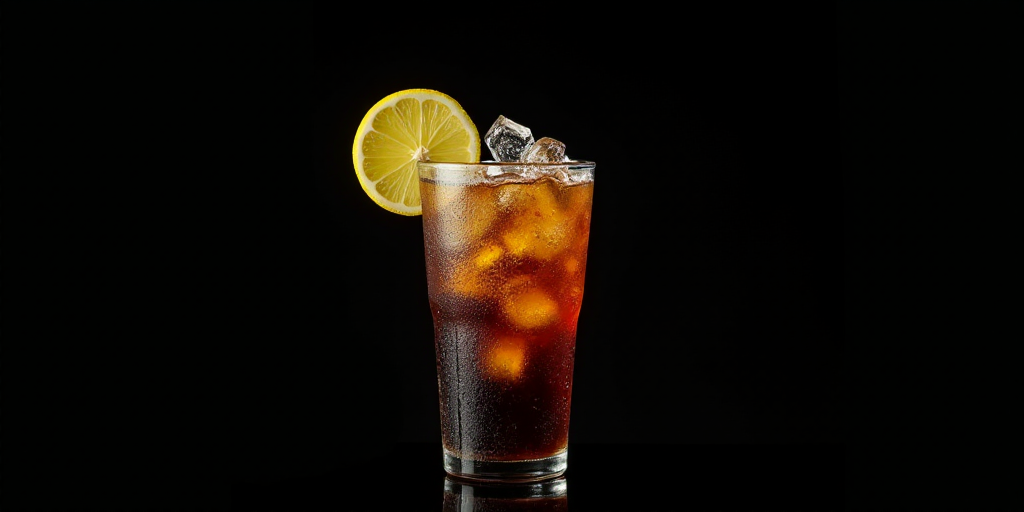The Changing Landscape of Soft Drink Consumption in Latin America
In 2024, the soft drink category experienced a significant decline in Latin American households, with a drop of 316 million Consumer Reach Points (CRP). This metric, which measures product penetration and purchase frequency, indicates the number of times consumers choose a particular product. In this case, there were 316 million fewer soft drink purchases compared to the previous year.
The data originates from the Brand Footprint Latam 2025 by Worldpanel Numerator, attributing the decline to health, wellness trends, and changes in consumption channels.
Health Concerns and Changing Consumption Habits
According to the report, 89% of Latin Americans perceive sugary beverages negatively, and 38% plan to reduce their consumption in the next three months. This perception, combined with decreased visits to traditional retail stores, significantly impacted the soft drink category.
“The decrease in visits to traditional retail stores, along with health and wellness trends, contributed significantly to this substantial decline in the soft drink category,” explained Marcela Botana, Growth & Commercial Excellence Director Latam of Worldpanel by Numerator.
The Challenge
The soft drink decline in Latin America reflects more than a temporary adjustment; it’s a symptom of structural changes in mass consumption. The combination of health factors, diversification of channels, and the search for more affordable or trend-aligned options is eroding the historical dominance of large brands.
The pressure is twofold: while multinational corporations face reduced purchase frequency and the need to reinvent themselves, smaller brands capitalize on fragmentation to gain space in specific niches.
The challenge for the industry is to adapt to a consumer who no longer buys the same products repeatedly but explores, compares, and moves between categories and channels with greater flexibility.
Coca-Cola Maintains Leadership
Despite the overall decline, Coca-Cola remains the most chosen brand in Latin America, with 2.873 million CRP, far ahead of Colgate (804 million), Pepsi (598 million), Lala (534.4 million), and Bimbo (533.9 million).
The study also highlights consumption fragmentation: in 2024, there were 52 billion purchasing decisions, equivalent to at least two brand choices per day by each consumer. On average, households visited 8.9 distinct channels and purchased products from 86 companies throughout the year.
The report emphasizes that 61% of regional brands were chosen less frequently than in 2023. Specifically, Super Brands were among the most affected, with a 66% reduction in CRP, despite a 1% increase in penetration and a 4.5% decrease in purchase frequency.
Channels and Loyalty at Stake
The report further highlights the importance of channels in purchasing decisions. In high-frequency categories like snacks and beverages, consumers are more willing to switch brands than channels. For instance, in Brazil, shoppers are 4.2 times more likely to change brands than channels for cookies.
Key Questions and Answers
- What is the main reason for the decline in soft drink consumption in Latin America? The primary factors are health concerns, wellness trends, and changes in consumption channels.
- Which brand remains the most popular in Latin America despite the decline? Coca-Cola maintains its leadership with 2.873 million Consumer Reach Points (CRP).
- How has consumption fragmented in Latin America? In 2024, there were 52 billion purchasing decisions, with consumers visiting an average of 8.9 distinct channels and purchasing from 86 companies.
- What challenges does the soft drink industry face in Latin America? The industry must adapt to a consumer who explores, compares, and moves between categories and channels with greater flexibility.






